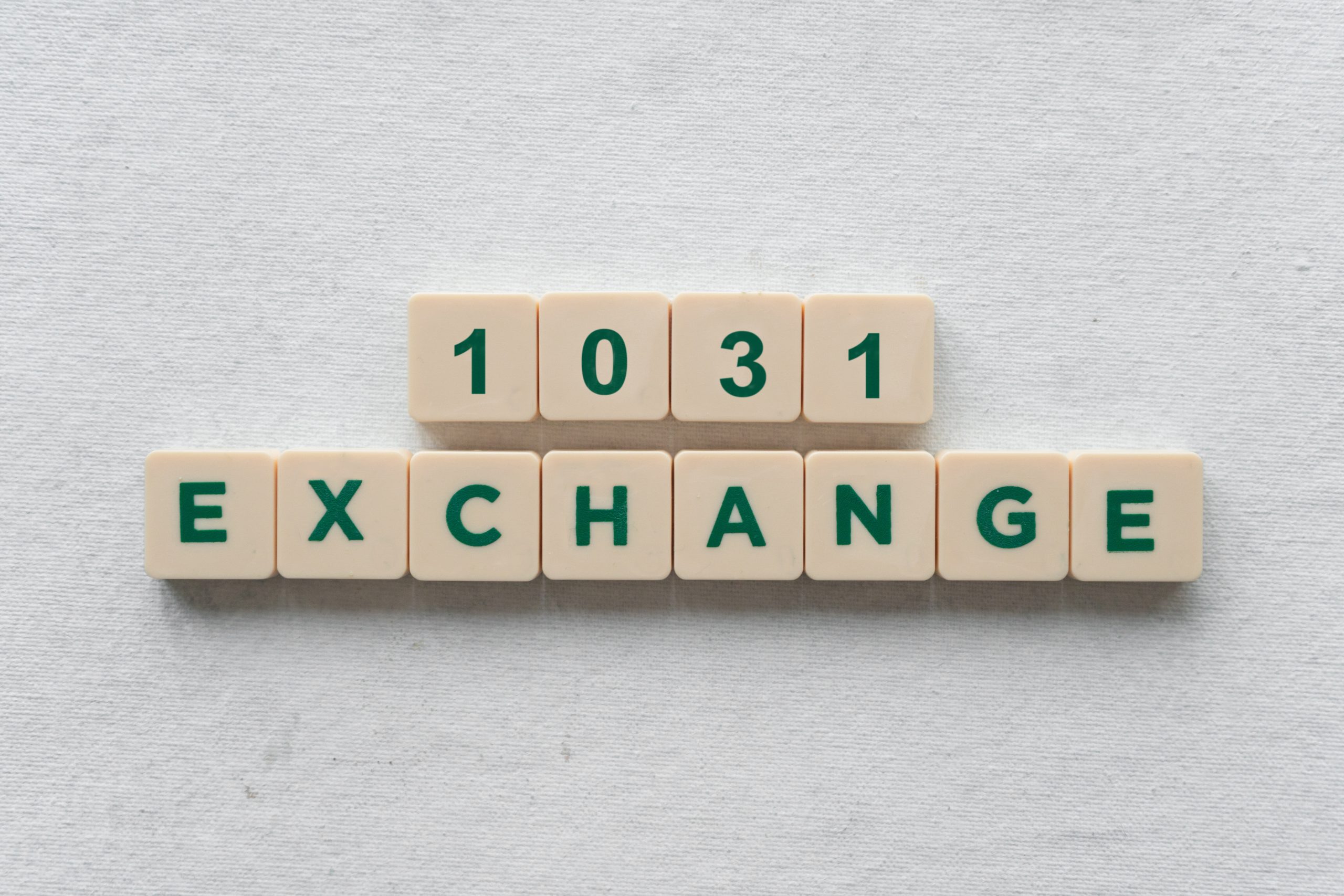In the ever-evolving real estate market of Washington State, where property values continue to rise, investors often face significant capital gains taxes when selling their business properties. Many investors find themselves in a position where their initial low-cost purchase has appreciated considerably, leading to a substantial tax liability upon sale. For those looking to reinvest in new business properties without the immediate tax burden, a 1031 exchange presents a valuable solution.
What is a 1031 Exchange?
A 1031 exchange, also known as a like-kind exchange, allows real estate investors to defer capital gains taxes by reinvesting the proceeds from a sold property into a similar property. According to the U.S. tax code, Sec. 1031(a)(1):
“No gain or loss shall be recognized on the exchange of real property held for productive use in a trade or business or for investment if such real property is exchanged solely for real property of like kind which is to be held either for productive use in a trade or business or for investment.”
In simpler terms, investors can sell a property used for business or investment purposes and reinvest the proceeds in a similar property without recognizing any immediate gain, thereby deferring the tax liability.
Key Benefits of a 1031 Exchange
Tax Deferral: The primary benefit is the deferral of capital gains taxes, allowing investors to reinvest the full sale proceeds into new properties, maximizing their investment potential.
Improved Cash Flow: By deferring taxes, investors can use their available funds for additional property purchases, enhancing their portfolio and cash flow.
Portfolio Diversification: Investors can leverage 1031 exchanges to diversify their real estate holdings, potentially moving from one type of property to another, such as from residential rentals to commercial properties.
Requirements for a 1031 Exchange
While a 1031 exchange offers significant advantages, it comes with specific rules that must be followed:
Like-Kind Property: The property purchased must be similar to the property sold. This doesn’t mean identical properties but rather properties of the same nature or character. For example, an investor can exchange a rental property for a commercial building, as long as both are held for business or investment purposes.
Location: Both the sold and purchased properties must be within the United States.
Steps to Complete a 1031 Exchange
While the concept seems straightforward, executing a 1031 exchange requires careful planning and adherence to strict guidelines:
Qualified Intermediary: Investors must use a qualified intermediary to facilitate the exchange. This intermediary holds the proceeds from the sale and uses them to purchase the replacement property. Any leftover cash, known as “boot,” will be taxable.
Timing Rules: Two critical timing rules must be met in a delayed exchange:
- 45-Day Rule: Within 45 days of selling the initial property, the investor must identify potential replacement properties in writing. Up to three properties can be designated, provided one is ultimately purchased.
- 180-Day Rule: The replacement property must be purchased within 180 days of the sale of the original property.
Advanced Options: Reverse Exchanges
In some cases, investors may find it advantageous to purchase the replacement property before selling the original property. This is known as a reverse exchange. While more complex, it can provide flexibility in a competitive market.
A 1031 exchange is a powerful tool for real estate investors in Washington State, offering the potential to defer taxes and reinvest in new properties seamlessly. However, the process requires meticulous planning and adherence to IRS regulations. It’s essential to consult with a tax advisor and qualified intermediary to ensure compliance and maximize the benefits of a 1031 exchange.
By leveraging this strategy, investors can continue to grow their portfolios, improve cash flow, and achieve long-term financial goals in the dynamic Washington State real estate market.





